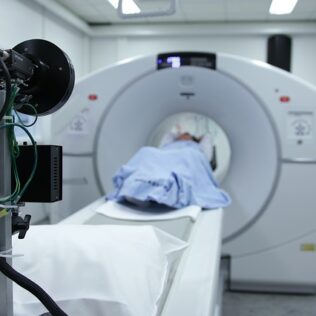Health care professionals continue to prescribe risky medical procedures and interventions that are not necessary, putting the well being of their patients at risk. Patients are regularly subjected to CT scans, surgeries, invasive tests, medications, and heavy-handed treatments that can take a toll on their overall health.
More Care Is not Better Care
The National Academy of Medicine estimates that approximately one-quarter of the money spent on health care each year is for unnecessary or ineffective treatments. In addition to profit-based motives, medical professionals may continue to order and perform risky and needless procedures to satisfy patient demands, out of fear of malpractice lawsuits, or even out of habit.
Surgical Procedures
Many procedures, such as spinal surgeries and arthroscopic knee surgeries, are seen as routine, but carry significant patient risks and may not work. Dangerous spinal surgeries, including decompressions and fusions, are regularly performed to alleviate chronic low back pain. However, a study recently published in The New England Journal of Medicine found that patients in an analysis group who received the more hazardous fusion procedure did not experience better results than those who only underwent the less-risky compression procedure.
Breast Reconstruction
Breast reconstruction after a mastectomy or lumpectomy can improve a woman’s body image, but a recent study indicates that many women are not fully informed about the risks in advance. In fact, only 43% of patients surveyed who had breast reconstruction surgery had adequate knowledge about the risks. Even more alarming, only 14.3% of those who responded knew about the risk of major complications within the first two years after surgery. Approximately 30% of women experience complications after this type of procedure. To make appropriate treatment choices, breast cancer survivors should be informed of the complications that may arise and the various types of reconstruction available. They should be provided with decision-making aids and discuss their concerns with trusted medical professionals.
Imaging
Health care providers regularly order computed tomography scans. However, CT or CAT scans as they are more commonly known, put off significant radiation and may put patients at risk for developing certain types of fatal cancer. According to WebMD, the risk of a CT scan causing fatal cancer is approximately one in 2,000. Other options such as magnetic resonance imaging, or MRIs, emit less radiation, but they are less commonly ordered because they do not always look for the same things, they are more expensive, and they take longer.

